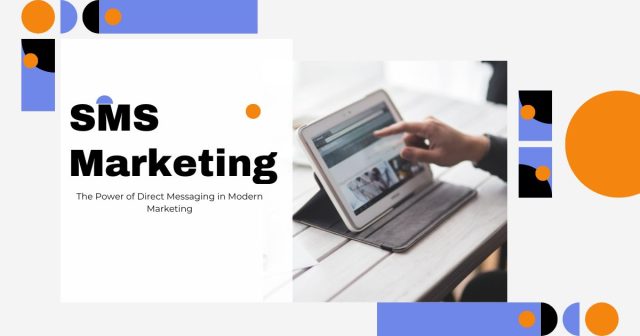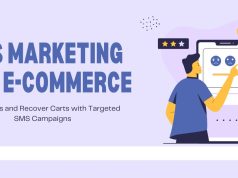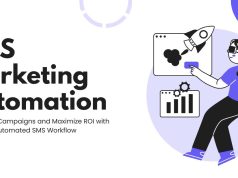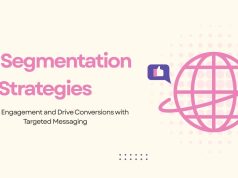If you’re running an e-commerce business, you’re likely always looking for new ways to reach customers and drive sales. You’ve probably invested in email marketing, social media ads, and maybe even content marketing. But have you considered the power of a simple text message? SMS marketing is an effective and direct channel for engaging customers, and many e-commerce brands are seeing significant returns by adding it to their strategy.
SMS, or Short Message Service, marketing involves sending promotional messages, updates, and offers directly to customers’ mobile phones. With incredibly high open rates and immediate delivery, it’s a powerful tool for cutting through the noise. This post will explore how you can use SMS marketing to boost your e-commerce sales, build customer loyalty, and create a more personal connection with your audience. We’ll cover everything from building your subscriber list to crafting compelling campaigns that convert.
What is SMS Marketing?
SMS marketing is a permission-based strategy where businesses send text messages to customers who have opted in to receive them. These messages can include anything from flash sale announcements and new product alerts to shipping confirmations and customer service updates.
Unlike other marketing channels, SMS is incredibly direct. Most people carry their phones with them at all times, and text messages have an average open rate of 98%. This makes it a highly effective way to ensure your message is seen almost instantly. For e-commerce businesses, this immediacy can translate directly into sales, especially for time-sensitive promotions.
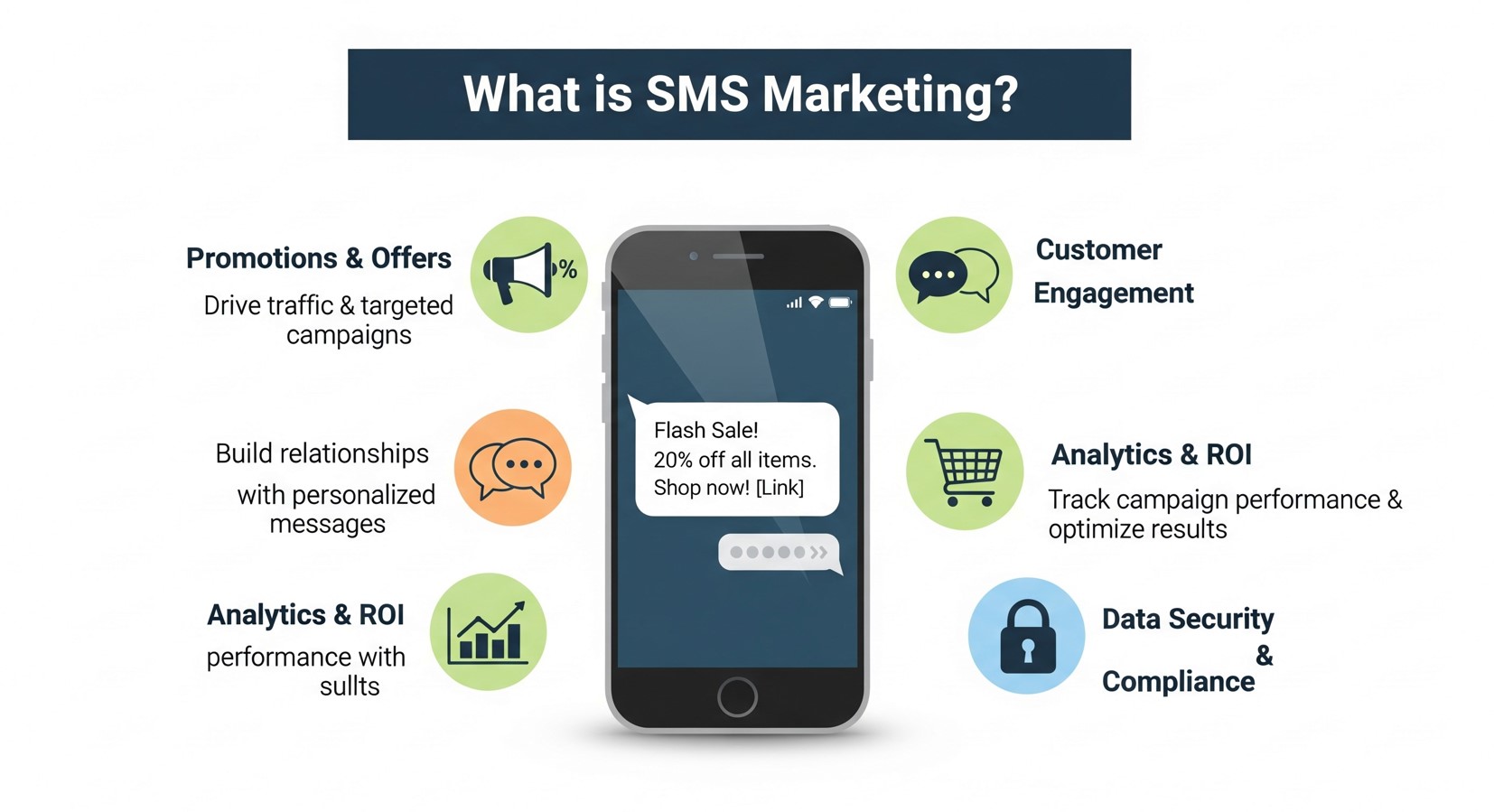
Building Your SMS Subscriber List
Before you can launch a successful SMS marketing campaign, you need a list of subscribers. It’s crucial that you only message people who have explicitly given you permission to do so. This not only complies with regulations like the Telephone Consumer Protection Act (TCPA) but also ensures you’re engaging with an audience that genuinely wants to hear from you.
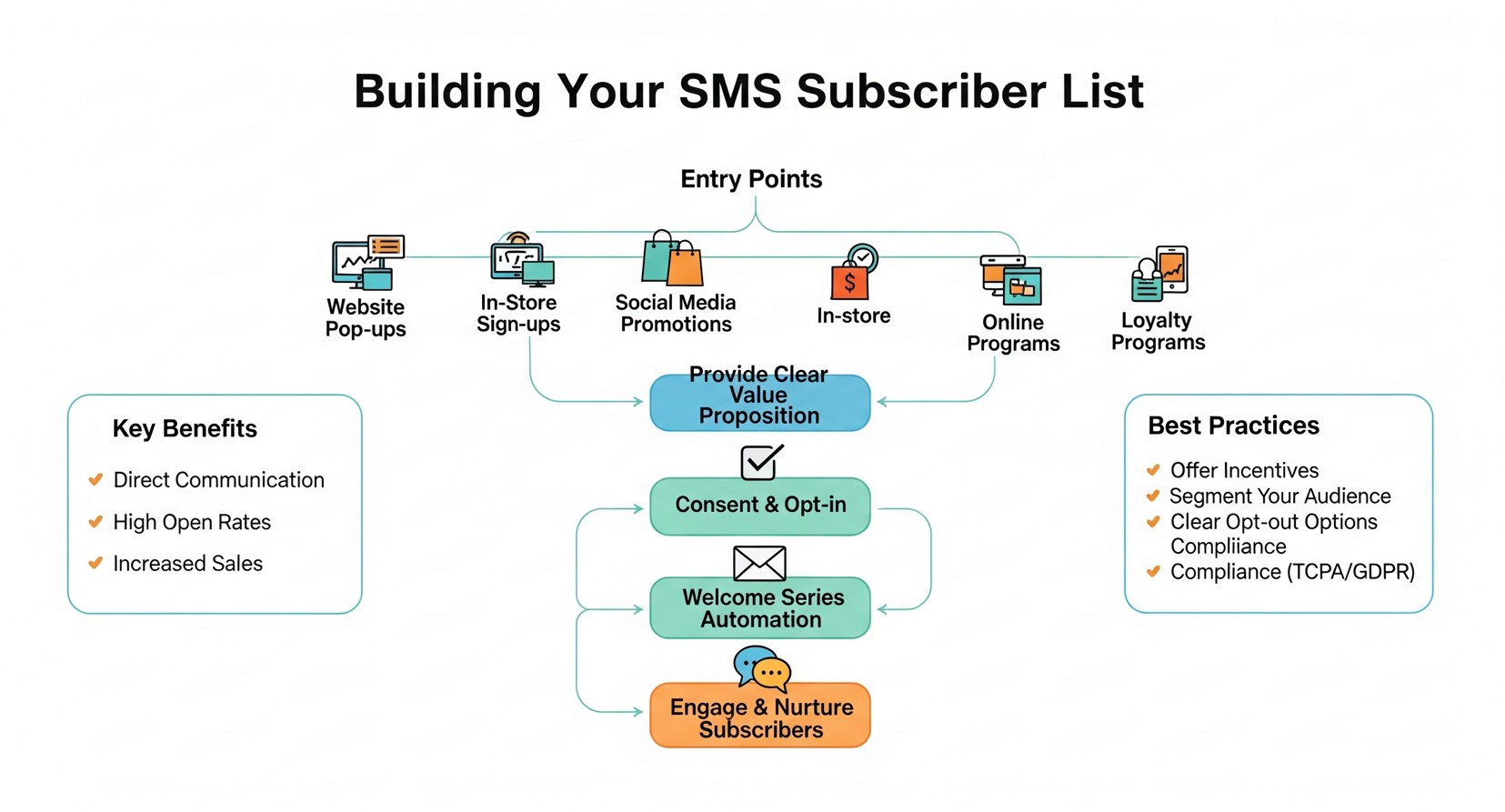
Here are a few effective ways to build your SMS subscriber list:
Website Pop-ups and Forms
Use pop-ups on your website to encourage visitors to subscribe. Offer an incentive, like a 10% discount on their first order, in exchange for their phone number. Make the sign-up process simple, requiring only a name and phone number.
Checkout Opt-in
Add a checkbox to your checkout page that allows customers to opt into SMS updates. This is a great time to capture subscribers, as they are already engaged and making a purchase. You can frame it as a way for them to receive order updates and exclusive future offers.
Social Media and Email Campaigns
Promote your SMS list on your social media channels and in your email newsletters. Create a dedicated campaign highlighting the benefits of subscribing, such as early access to sales or members-only deals. Use a clear call-to-action that directs them to a sign-up page.
Crafting High-Converting SMS Marketing Campaigns
Once you have a healthy subscriber list, it’s time to start crafting your messages. The key to a successful SMS campaign is to provide value in every text. Because SMS is a personal and direct channel, your messages should be concise, relevant, and actionable.
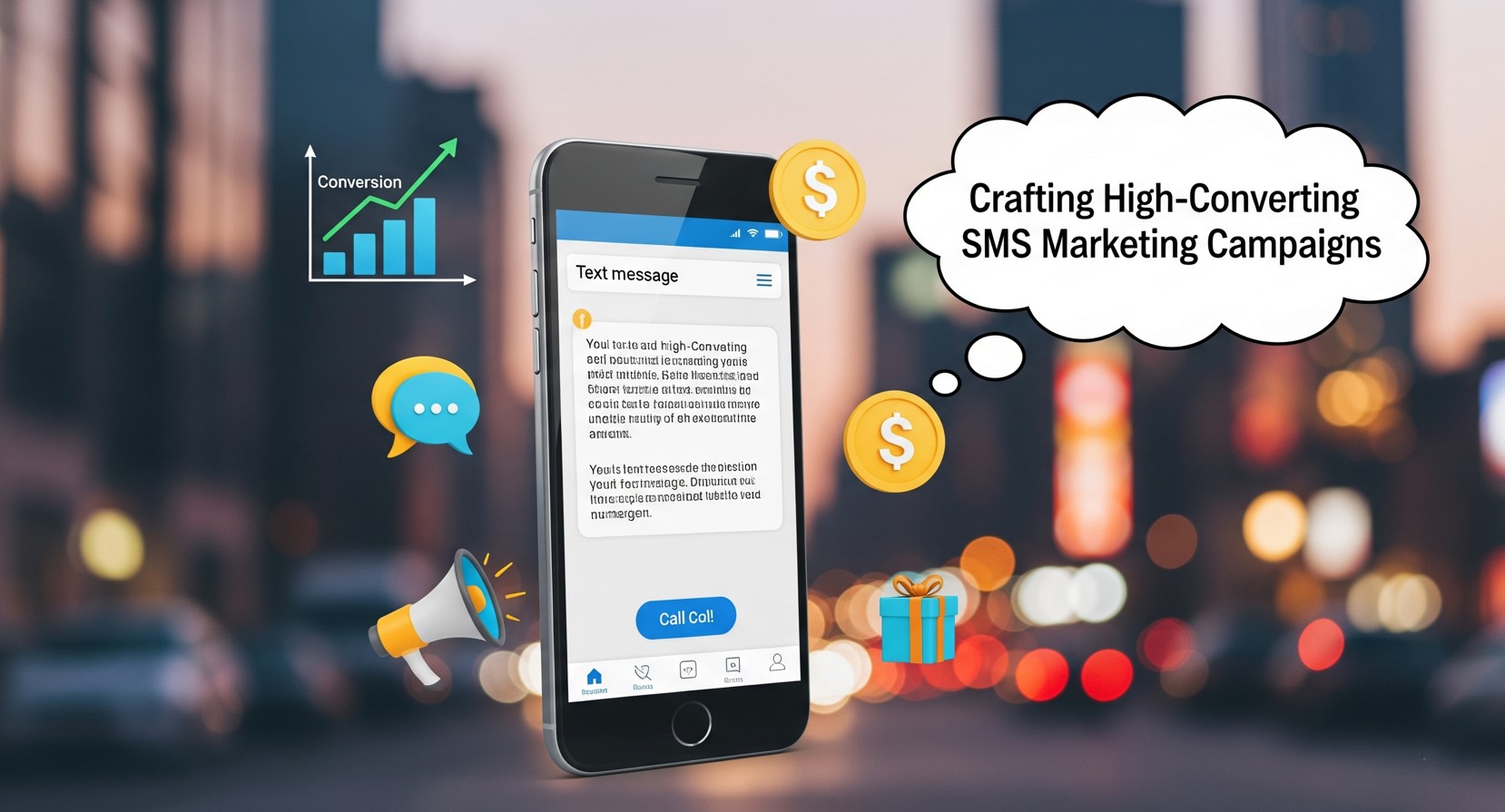
Types of SMS Campaigns to Run
- Promotional Messages: Announce flash sales, limited-time offers, and exclusive discounts. The sense of urgency created by a text message can drive immediate action.
- New Product Alerts: Let your subscribers be the first to know about new arrivals. This makes them feel like valued insiders and can generate buzz before a wider launch.
- Back-in-Stock Notifications: Automatically notify customers when a previously sold-out item they were interested in is available again. This is a simple way to recover potentially lost sales.
- Abandoned Cart Reminders: Send a gentle nudge to customers who have left items in their cart. A simple reminder, perhaps with a small discount, can be enough to encourage them to complete their purchase.
- Order and Shipping Updates: Use SMS for transactional messages like order confirmations and shipping notifications. This provides a valuable service to your customers and keeps them informed.
Best Practices for SMS Content
- Keep it Short and Sweet: Text messages are limited to 160 characters, so get straight to the point. Use clear and concise language.
- Include a Strong Call-to-Action (CTA): Tell your subscribers exactly what you want them to do, whether it’s “Shop Now,” “Use Code,” or “Click Here.”
- Personalize Your Messages: Use the subscriber’s name and reference their past purchases to make the message feel more personal and relevant.
- Time Your Messages Carefully: Avoid sending texts too early in the morning or too late at night. Pay attention to your audience’s time zones and send messages when they are most likely to be engaged.
- Don’t Overdo It: Bombarding your subscribers with too many messages is a quick way to get them to opt out. Stick to a reasonable frequency, such as 2-4 messages per month.
Measuring the Success of Your Campaigns
To understand what’s working and what’s not, you need to track the performance of your SMS marketing efforts. Most SMS marketing platforms provide detailed analytics to help you measure key metrics.
Key Metrics to Track
- Click-Through Rate (CTR): The percentage of subscribers who clicked on the link in your message. This helps you gauge how engaging your content is.
- Conversion Rate: The percentage of subscribers who completed a desired action, such as making a purchase, after receiving your message. This is the ultimate measure of your campaign’s success.
- Unsubscribe Rate: The percentage of subscribers who opted out after receiving a message. A high unsubscribe rate might indicate that your content isn’t relevant or that you’re sending too many messages.
- Return on Investment (ROI): Calculate the revenue generated from your SMS campaigns compared to the cost of running them. This will show you the overall profitability of your efforts.
By regularly analyzing these metrics, you can refine your strategy, optimize your messages, and achieve even better results over time.
Frequently Asked Questions (FAQ)
What’s the difference between SMS and MMS marketing?
SMS (Short Message Service) messages are text-only and limited to 160 characters. MMS (Multimedia Messaging Service) allows you to include multimedia content like images, GIFs, and videos. MMS can be more visually engaging but is also more expensive to send.
Is SMS marketing legal?
Yes, as long as you comply with regulations like the TCPA in the United States. This means you must get explicit consent from individuals before sending them marketing messages and provide a clear way for them to opt out.
How much does SMS marketing cost?
The cost can vary depending on the platform you use and the volume of messages you send. Most platforms offer tiered pricing plans based on the number of subscribers or messages. While it can be more expensive than email marketing per message, its high engagement rates often lead to a strong ROI.
Start Growing Your Sales Today
SMS marketing offers a direct and personal way to connect with your customers and drive significant growth for your e-commerce business. By building a permission-based subscriber list and sending valuable, targeted content, you can boost sales, enhance customer loyalty, and stand out from the competition. If you haven’t yet integrated SMS into your marketing mix, now is the time to start.


